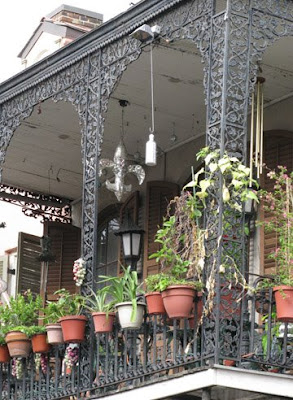Don’t believe me? Here’s the cocktail table (complete with a napping bartender) in front of Slater Bradley’s brilliant 2005 Unchartered Settlements, a c-print mounted on aluminum. Cheers!











But New Orleans put my dedication to public transportation to the test. I asked at the front desk of my hotel for transportation directions to the museum. Even with computer support, the desk clerk couldn’t give me the directions. Instead he suggested I go to Canal Street, look for people who looked like they were waiting for the bus, and ask them for directions. Long story short, it took about an hour just to figure out which bus I should ride. And after about an hour waiting for a return bus, I finally called a cab.
But all the trouble was worth the trip. The New Orleans Museum of Art (NOMA) in City Park is a surprising museum with some great collections. The museum is known for its sculpture garden (which was closed by the time I got there). Although it’s obvious the museum is dedicated to sculpture as there were plenty of intriguing sculptural works surrounding and inside the museum. Here are a few examples.
Visitors to the museum are greeted by Wave, a 1988 breeze-powered, magical sculpture created by Lin Emery.
James Drake’s welded steel Winged Figure (1989) felt like something from Terry Gilliam’s brilliant movie, Brazil. I like the movie and I like this sculpture.

When you’re in the swamps of Louisiana, shouldn’t you find alligators climbing ladders on the walls of museums? Artist Elizabeth Shannon seems to think so with her 1989 work Camille II crafted from bronze and cypress wood.

I also liked Ernest Trova's Falling Man A.W.F. #01461 created in 1970 and crafted from nickel-plated bronze.

Stay tuned for a few more posts from NOMA.
